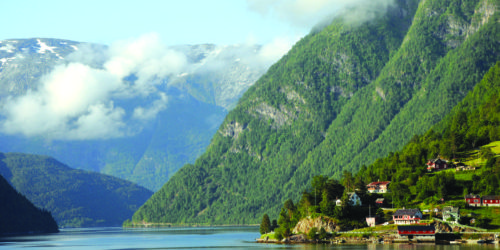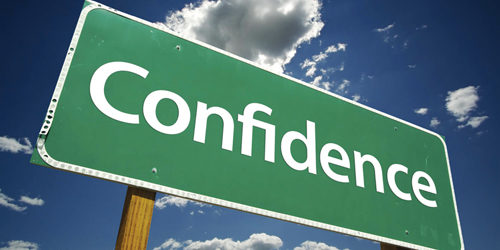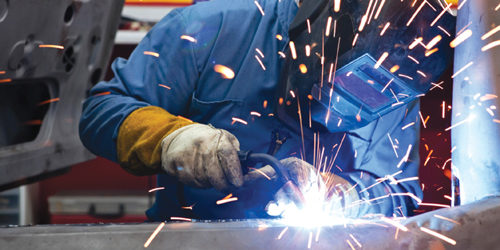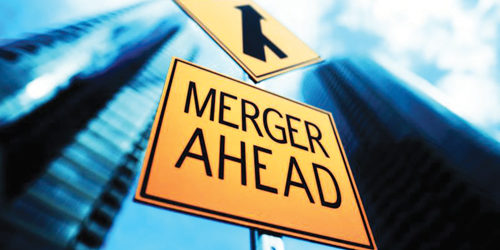
Whether you're travelling for business or pleasure, choose Oslo for incredible architecture, epic scenary and world-class musuems, says Rose Dykins
As the metro glides along, the fierce sun scans the forest as if it’s a barcode, forcing its way through the gaps in the spruce trees. I look to my left and see dark wooden residences resembling quaint children’s playhouses, their roofs thatched with bright green grass. Then, to my right, a sapphire fjord stretches out like a piece of sky has fallen, and an army of trees surround it, standing to attention.
It’s hard to believe I’m not a two-hour drive up the Alps right now, rather than a mere 20-minute metro ride north of Norway’s capital. In comparison, the natural beauty of my North London suburb is beyond disappointing. Chances are, you probably know less about Oslo than other European cities. “A lot of people still haven’t really discovered Oslo and what a unique corporate destination it is, which makes each event here feel very new and interesting for visitors,” says Annie Kristi Korsmo, Director of Conventions at Visit Oslo. “People are amazed at how compact the city is. Everything is in immediate distance, it’s very easy to move around, and all our venues are easily accessible.”
Just one third of Oslo is urbanised, while the rest is covered by parks and woodlands. At this time of year, its citizens are subject to 19 hours of sunshine each day, and a large proportion of them own boats, setting sail along Oslo Fjord at weekends and mooring at emerald green islands for picnics.
When the snow arrives later in the year, winter sports spring up across the city. Around 2,600 km of cross-country skiing trails lead from the centre into the nearby forest and, 20 minutes from town, the Holmenkollen ski jump may tempt the thrill-seekers – the world’s newest ski jump, which shoots up to the clouds like a stairway to heaven, was broadcast across the globe earlier this year when Oslo hosted the X Games for the first time.
Of course, it’s true that there are grittier parts of the city, particularly around Central Station. And it’s also true that grabbing a quick snack in Oslo can set you back more than expected – though the Norwegian krone has weakened somewhat, visitors will feel the burn more than other European cities (although, I suppose it depends when you’re reading this). But if you’re looking for value for money, you won’t be disappointed.
Oslo’s strengths for welcoming international visitors lie in its breathtaking nature, its English speaking population and its top-notch facilities, with a dash of Scandi excellence when it comes to design. “We have recently been told we’ll be getting a new conference centre in the middle of the city, which will hold 2,500 delegates,” says Korsmo. “At the moment, we can do congresses for up to 8,000 delegates, and we currently have 13,000 rooms. Many of our hotels are being renovated, and one of the largest hotels in the city is expanding and reopening in 2018 to become the biggest hotel in Norway.”
And it sounds like the rooms are needed. “Each month, our number of visitors are increasing,” says Korsmo. “Our strongest markets are the UK, Germany and Scandinavia, but we’re seeing that there are more travellers coming from the Far East, Dubai and China,”
There’s no doubt that Oslo has, in part, been opened up to the rest of the world by the rapid global expansion of its national airline. Norwegian is now the third-largest low-cost carrier in Europe (tenth globally). Its UK base at Gatwick Airport has aided its growth, and, in July, the airline celebrated its second anniversary of flying from the UK to the US, flying in the face of sceptics of its “low-cost, long-haul” business model. The latest figures reveal the airline is enjoying a 13% growth in passenger numbers compared with this time last year.
Next April, Oslo Airport will open its new Terminal Two, which will boost its capacity from 23 million to 28 million. “Oslo is a high quality airport, ideal for business travellers so expansion will only help our busy operation in Oslo,” says a spokesperson for Norwegian Air. “Business travellers will also have reduced walking distances making their journey more efficient. As Norwegian continues adding more passenger services, the increased terminal capacity will help improve the overall travel experience for our customers.”
Another significant development for the city is the renovation of its Grand Dame hotel. Steeped in history, the five-star Grand Hotel Oslo hosts the Noble Peace Prize dinner each year, and its former Palm Garden – now a refined restaurant – was once the watering hole of playwright Henrik Ibsen. Keen to keep its proud Bohemian past alive, the property’s revamp celebrates its cultural legacy in a way that look forward to the next generation of cutting edge artists and thinkers – for example, Tracey Emin’s take on Munch’s The Scream, hangs above the new, sleek lobby bar. “The main part of the renovation is complete, and the banquet area will be done by the end of August – It is really looking great!” says Angelica Montez de Oca, Commercial Director of the Grand Hotel Oslo.
Five Amazing Oslo Museums For A Meeting/Events
Norsk Folkemuseum
This one-of-a-kind outdoor museum comprises more than 150 buildings that show how Norwegians have lived since the 1500s. Set amid woodland, you stroll from building to building and meet actors in traditional costume. Its grounds are available for hire, and there’s also an open-air arena surrounded by wildflowers. norskfolkemuseum.no/en
Fram Museum
Housing two historic Norwegian expedition ships – Fram and Gjøa, which set sail for the South Pole and the North West passage, respectively – this award-winning museum tells the tales of Norway’s extraordinary maritime achievements. It makes an atmospheric setting for receptions, and it’s possible to arrange dinners on board the ships’ decks. frammuseum.no
The Mini Bottle Gallery
Home to the world’s largest collection of miniature bottles (53,000 in total) this quirky three-floor museum has a retro cocktail bar, and can hold 350 guests for a party. It also has a smart boardroom for meetings. minibottlegallery.com
Astrup Fearnley Museum
Designed by Renzo Piano, the architect behind Centre Georges Pompidou in Paris, the contemporary event and exhibition spaces of this striking modern art museum – with permanent exhibits from Damien Hirst and Jeff Koons – can host all kinds of occasions, and group guided tours are possible. afmuseet.no
Coming soon: MunchMuseum
A major development for Oslo, the existing museum dedicated to the Norwegian expressionist artist is moving to a downtown waterfront in an iconic glass structure designed to “bow” to the rest of the city. Scheduled for completion in 2020, it will have four times much exhibition space, along with an east-facing VIP room for hire, and galleries designed to host events. munchmuseet.no/en
Neighbourhood Watch: Vulkan
City regeneration doesn’t get much more impressive than this. Open officially since 2014, Vulkan is set in a former industrial area on the bank of the river Akerselva, and it has become one of the most desirable areas of Olso thanks to its enticing recreational activities. It’s home to two hotels – one of which only employs and trains ex-prisoners – apartments, schools, a dance academy with a performance centre and office space. There’s also a huge focus on sustainability, and Vulkan runs on its own energy centre complete with geothermal wells.
The main draw is Mathallen, Oslo’s first ever food hall. Housed in a converted factory, its central waited tables surrounded by the smorgasboard of food and produce stalls are occupied by students, tourists and businesspeople alike. In the galleries overlooking the food hall, there is a restaurant complete with a show kitchen. Here, it’s possible for guests to take cookery classes, where they can be taken shopping around the food hall beforehand to select the ingredients they need. Upon my visit, I sampled succulent cuts of regionally-reared meat, cheese and garnishes, doughy Chinese dumplings, technicolour vegan food and fragrant coffee brewed masterfully. Mathallen places a strong emphasis on quality products and showcasing new businesses, and its sense of dynamism makes it a buzzy place for a lunch meeting. vulkan,no; mathallenoslo.no
Spare Afternoon
Doing business in the Norwegian capital? If you only have enough time to see one or two things, here are recommendations from the experts:
Annie Kristi Korsmo, Director of Conventions at Visit Oslo:
“I would walk around Tjuvholem, where you have the Astrup Fearnley Museum. Built upon reclaimed land, the area is a very new architectural feature of the city, and one of my favourite parts, with lots of urban, trendy restaurants, and there’s such a great atmosphere.
“If the weather’s nice, head to the roof of the Oslo Opera House, for an unusual perspective and soak in the city from there. Or, head to Ekenberg Park to people watch, it’s such a unique place with great restaurants. It’s full of sculptures, and it’s a very new ‘must-do’ thing in Oslo.”
Angelica Montez de Oca, Commercial Director of the Grand Hotel Oslo.
“Take the tram to the Tryvann, a local mountain area, for some lovely hiking in the autumn or spring, or for sports in the winter – it’s just 15 minutes from the city centre. And, in summer, take one of the local ferries around the Oslo Fjørd.
“Kick back with a Norwegian brewed beer at any of the wonderful outdoor cafés near the harbour or Eight Rooftop Terrace Bar, overlooking the city centre and fjørd.”






